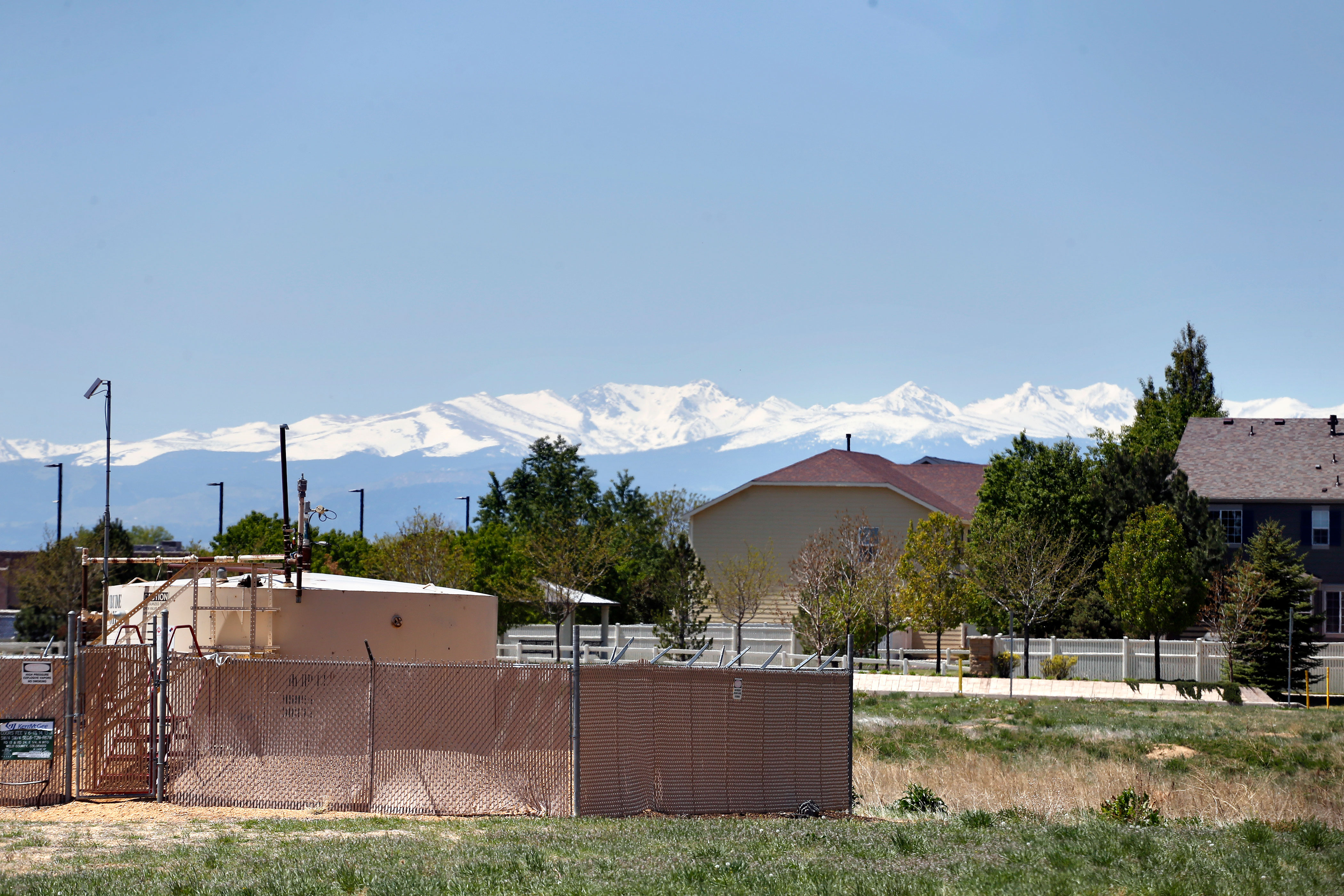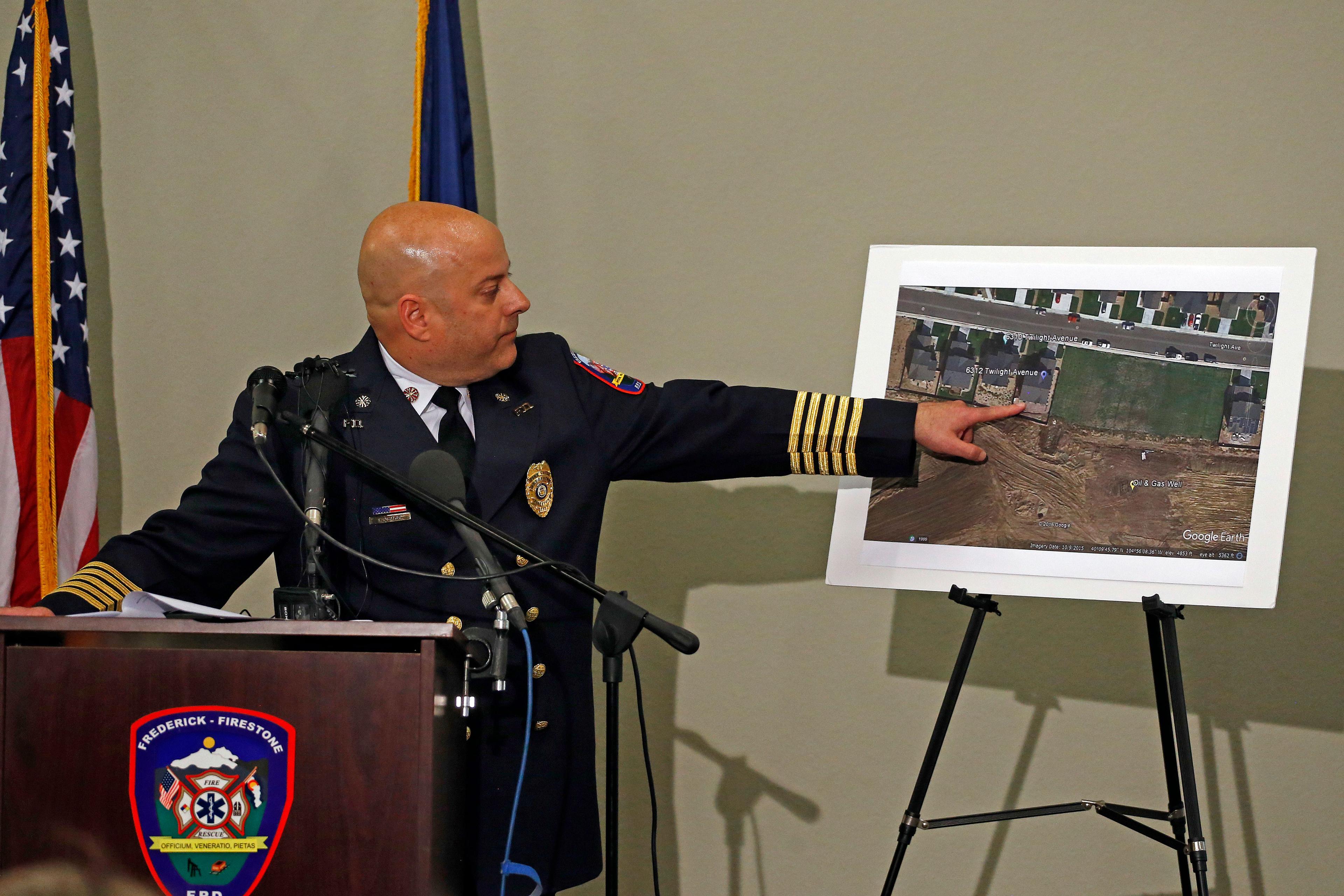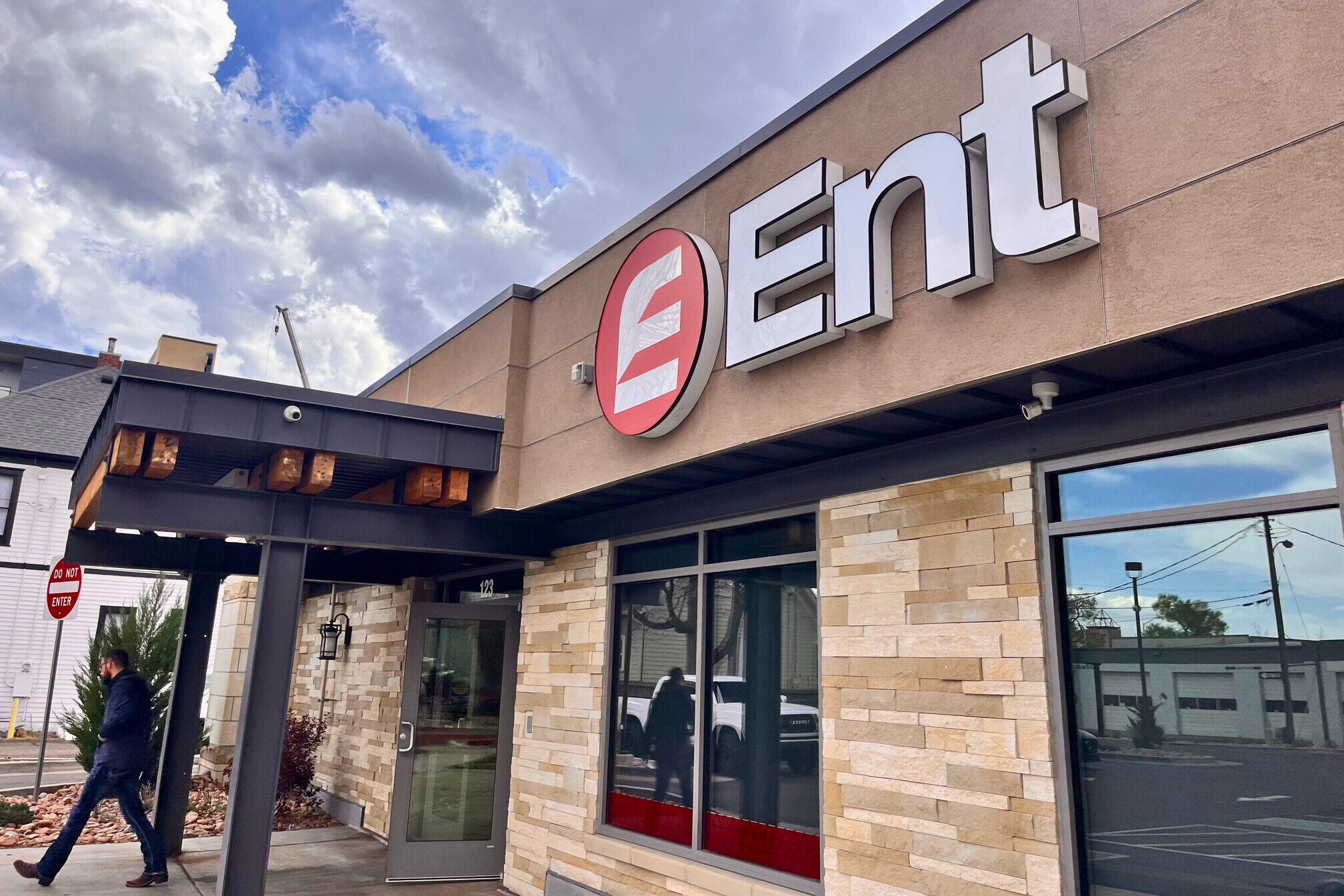
An April 17 home explosion in Firestone, Colorado, that killed two and hospitalized a third, has been traced back to an abandoned flowline that bled off gas from a nearby wellhead into the soil next to the home's foundation.
The incident prompted an initial voluntary shutdown of wells from three operators, renewed attention to the friction between expanding urban areas and oil and gas development, and an order from Gov. John Hickenlooper for oil and gas operators to inspect active and abandoned flowlines.

Frederick-Firestone Fire Protection District investigators concluded May 2 that the flowline was improperly abandoned, meaning it wasn’t capped at both the well end and the far end of the line. The well was inactive for some time. When it was brought back into production in January 2017, methane and propane seeped into the soil near the home of Mark and Erin Martinez from the uncapped line. The gas moved from the soil into the home through a French Drain and sump pit, according to investigators. In contrast to leaking utility pipelines which contain the rotten egg smell — mercaptan — this gas was unscented.
Firestone officials say the event was localized, there was no threat to the surrounding community and no gas remains in the soil. Here are the questions we can answer right now about what this means for oil and gas development moving forward.
1. What Does The Governor’s Order Mean? What Will Companies Have To Do?
Oil and gas companies will have until May 30 to inspect existing flowlines and pipelines within 1,000 feet of occupied buildings. Pressure tests will most likely be used to find any leaks. Companies have 60 days to “ensure and document” that all of those lines “have integrity.” This means all leaks must be fixed by June 30.
The state has also added a data requirement for operators. They must document for the state where the wells and flowlines are with GPS coordinates. It remains to be seen how much of that information will be made available to the public.
2. Just What Is A Flowline?
Flowlines are metal or plastic pipes found three to seven feet below the surface. They typically connect a well and a tank battery, or a holding vessel. There is a small amount of pressure from the well that pushes oil, water and natural gas into a tank battery.
“They’re actually bringing out of the well everything the well is producing,” said Will Fleckenstein, former interim department head of Petroleum Engineering at the Colorado School of Mines. “It’s typically oil, some gas, and some water. And the volume of each depends on what’s coming out of the well.”
In Firestone, the flowline in question was one of two that used to connect the well to an old tank farm. The Colorado Oil and Gas Conservation Commission says the well was disconnected from a tank battery to the north and rerouted to a new tank battery to the west between 1999 and 2002. During that time the two flowlines became inactive. The old tank farm was removed around 2014.
In their investigation after the April 17 explosion, Firestone investigators say they found one of the flowlines running from the well capped at the wellhead, while the second line was not.
3. As A Homeowner, How Can I Tell If There Are Flowlines Near My House?
No public maps exist of Colorado’s oil and gas flowlines. Rep. Mike Foote introduced a late legislative session bill, HB17-1372, to change this — however, the proposed legislation that would have required public access to maps didn't make it past a filibuster and is no longer under consideration.
If homeowners are planning to dig underground, they should dial 811, or go to Colorado 811. The nonprofit has a computer system that routes the request to the proper company, including utilities, cable providers and oil and gas operators. They have three days to process the request. If there are lines that homeowners needs to steer clear of, it’s the company’s responsibility to mark on the property where they are.
“We never want anybody out there excavating without having the proper locations out there,” said Colorado 811 Chief Executive Officer J.D. Maniscalco. “If they are ever in doubt. Call us back. Ask for a second notice to be sent.”
4. What Can A Homeowner Do To Protect Themselves From This Type Of Odorless Gas? Is There A Detector That Is Recommended?
Consumer detectors exist that can measure the amount of gas nearby. Some have probes, or a plastic or rubber wire that extends from the device with a sensor. This could help detect gas that hasn’t been treated with mercaptan.
Colorado School of Mines professor Will Fleckenstein says oil and gas companies have specialized equipment they use, especially to detect if gas is gathering in confined spaces. Fleckenstein said the tool can also be used in soil to detect whether the level of gas was explosive.
“If it got of 20 percent of what it would be to cause an explosion, that’s where you would do some type of protocol to evacuate and secure the source,” Fleckenstein said.
5. Will I Get Notified If An Oil And Gas Operator Is Working On Wells Or Flowlines Near My Home?
Most likely not.
Colorado law requires drillers to notify homeowners if they want to drill a well within 1,000 feet of homes, schools or other buildings. If residents request a meeting, operators are required to hold one sharing more details about the project.
However, after a well is drilled there’s a lot more work that could happen that residents may never get notifications about. Wells can be hydraulically fractured, and sometimes re-fracked. The law doesn’t require notification when these activities occur.
If residents have questions or concerns about oil and gas work nearby their home, they can contact the Colorado Oil and Gas Conservation Commission online and file complaints.
6. Will Greater Setbacks Between Wells And Homes Prevent A Similar Explosion From Happening Again?
Environmental groups have long called for greater setbacks between new wells and homes. Right now, Colorado law requires 500 feet between new wells and existing homes. There must be 1,000 feet between wells and higher occupancy buildings like schools.
In 2016, environmental groups attempted to increase the setback distance to 2,500 feet. But they failed to get enough signatures.
Will Fleckenstein at the Colorado School of Mines says a more critical issue may stem from asking the question, “how do you build new homes among older oil and gas wells.” Colorado state law doesn’t have setback requirements between new homes and old wells. But many cities have setback distances. In Firestone, developers can build homes as close as 150 feet from already existing wells.
- Colorado Matters: What Is The Fallout From The Explosion In Firestone?
“What we’re really talking about is the older wells. And then the question is how to you start to build houses among those wells,” Fleckenstein said. “When you look at the new wells drilled. There’s a lot of scrutiny to those. And much less when you put new houses near old wells.”
Research shows that older wells in Weld County were built to different standards, and therefore are more likely to leak gas into underground aquifers.
7. I Want To Buy A House And I Can See Tanks, Wellheads Or Pump Jacks Nearby. How Can I Tell If Flowlines Run Under My Property?
Greg Zadel with Firestone-based Zadel Realty says flowline information is sometimes shared in the inspection or survey phase of a purchase. In the past, Zadel says this information was most commonly shared during property sales compared to home sales. If this information isn’t disclosed, buyers can ask about it.
“If they’ve got a concern about something, they’ll want to make sure they get information to whatever degree to satisfy their concern,” he said.
Zadel is expecting to see more requests from buyers for this type of information. And this will likely become easier because of a new interest by Gov. John Hickenlooper to make this information public.
“I think what we’re going to see more information and more ability to find out that information as it’s demanded by homeowners, municipalities or potential buyers,” he said.
What Are Your Questions?
Are there other questions you have about flowlines and oil and gas development in Colorado? Email us at [email protected], leave your questions in the comments or tweet us @gracehood or @newscpr.
Editor's Note: This story has been updated to reflect that Rep. Mike Foote's bill, HB17-1372, is no longer under consideration at the Colorado General Assembly.









